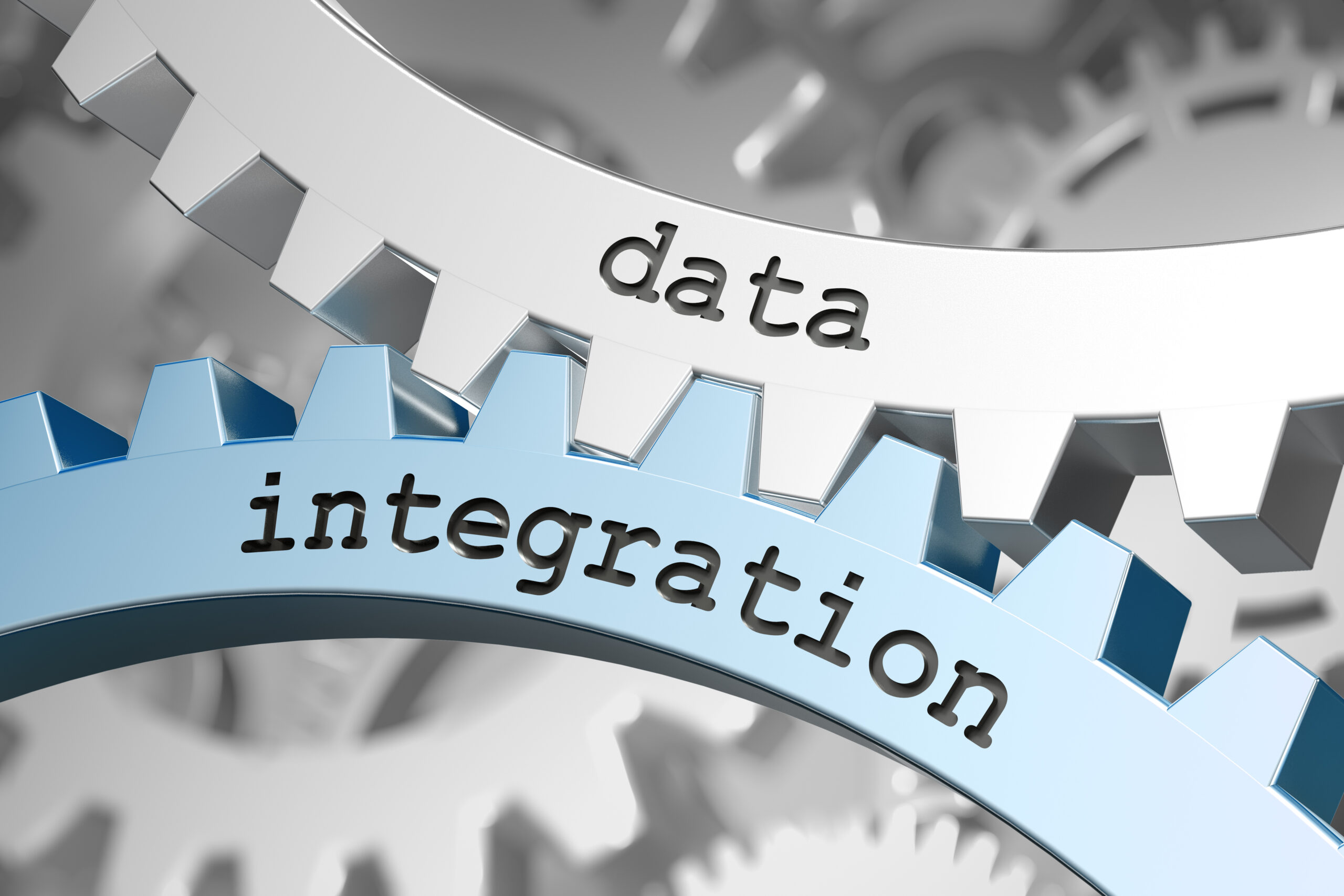Ask any data scientist how they spend most of their time, and they will tell you it’s “understanding the data, and then cleaning and organizing that data into a usable format,” or just plain “data wrangling.” The bottom line is that most data wrangling problems stem from a lack of proper data management or metadata management.
The Importance of Metadata
At a minimum, metadata must enable search capabilities. Proper data management practices can significantly reduce the need for data wrangling. But is it possible to automate the data wrangling process? At Fox River AI, we believe the answer is yes. While it’s not a simple solution, it involves applying numerous concepts, processes, and technologies. Imagine how much more efficient organizations would be if the time from raw data to analysis were essentially automated.
The Problem
The massive proliferation of data has strained legacy systems to capacity, and the problem is only worsening. These systems were initially designed to solve specific problems without much thought for scalability or extensibility, resulting in data silos with redundant and inconsistent data.
To extract meaningful insights, many organizations are turning to cloud-based big data solutions, moving their data to clustered data stores like Hadoop, e.g., EMR, and DataProc. This can be accomplished in two ways:
1. Data Integration: Integrate the data through multiple ETL jobs and design a model for the integrated data.
2. Schema on Read: Load data directly from the source without integration or transformation, performing “Schema on Read” analysis.
Both processes can lead to extended time-to-value analysis or flawed, misleading analysis. Data integration is time-consuming and expensive, and moving data without integration or profiling burdens the data scientist with data wrangling.

Schema on Read
Schema on Read is valid in certain use cases, potentially decreasing time-to-value analysis. However, its usefulness can be exaggerated and misleading. Many believe Schema on Read means no need for data profiling, integration, or modeling, but it still requires metadata and places most of the work on the data scientists. Inconsistencies can arise since different data scientists may interpret the data differently.
A schema-on-read approach allows data to be stored in its raw form, applying the schema only at the time of reading. This flexibility can expedite analytical projects by enabling immediate data loading and exploratory queries. AWS’s Amazon Athena is a powerful example of this approach, providing a serverless query service that allows you to analyze data stored in Amazon S3 using standard SQL.
The Solution
Integration and proper data management remain essential for developing reliable decision support systems. However, traditional methods may not keep pace with the rapidly growing data volumes and changing requirements. Modern approaches leverage automation through a combination of machine learning, AI, and advanced data integration platforms to streamline the process.
Modern Approaches to Data Wrangling
1. AI and Machine Learning: Machine learning algorithms can automatically detect patterns, anomalies, and relationships within data, significantly reducing the manual effort required for data wrangling. AI-driven tools can also suggest data transformations, cleaning steps, and integration methods.
2. Data Integration Platforms: Platforms like Apache NiFi, Talend, and Informatica offer robust data integration solutions that support real-time data processing, transformation, and integration across multiple sources. These platforms often include pre-built connectors and templates for common data wrangling tasks.
3. Metadata Management: Effective metadata management tools like Alation, Collibra, and Informatica’s Enterprise Data Catalog help automate the discovery, documentation, and governance of data assets. These tools improve search capabilities and ensure consistent data usage across the organization.
4. Schema-on-Read and Data Lakes: Modern data lakes, such as those built on AWS, Azure, or Google Cloud, support schema-on-read capabilities that allow organizations to ingest raw data and define the schema at query time. While schema-on-read can reduce time-to-value, it still requires robust metadata management to ensure data quality and consistency.
Amazon Athena exemplifies the schema-on-read approach by allowing you to query data stored in Amazon S3 instantly. It supports various formats like CSV and Parquet and integrates seamlessly with Amazon QuickSight for interactive business intelligence reports. Athena’s serverless architecture means it can scale effortlessly as data volumes grow, making it an excellent choice for flexible, on-demand analytics.
The Role of Ontologies
Ontologies remain valuable for providing vocabulary, definitions, synonyms, and relationships within specific domains. They can enhance data integration and understanding, especially when combined with machine learning and AI techniques. Advanced processes using schema and record matching algorithms can integrate multiple disparate data sources, enabling automated identification of critical information from vast datasets.
Conclusion
In future posts, we’ll discuss the concepts, processes, and technologies needed to automate data wrangling using modern tools and approaches. At Fox River AI, we leverage a combination of machine learning, AI, advanced data integration platforms, and ontologies to streamline data wrangling. This allows data scientists to focus on analysis rather than manual data preparation, ensuring faster and more reliable insights.
References:
• Princeton University “About WordNet.” WordNet. Princeton University. 2010. http://wordnet.princeton.edu
• Bird S., Klein E., and Loper E., Natural Language Processing with Python – Analyzing Text with the Natural Language Toolkit. http://www.nltk.org/book/

